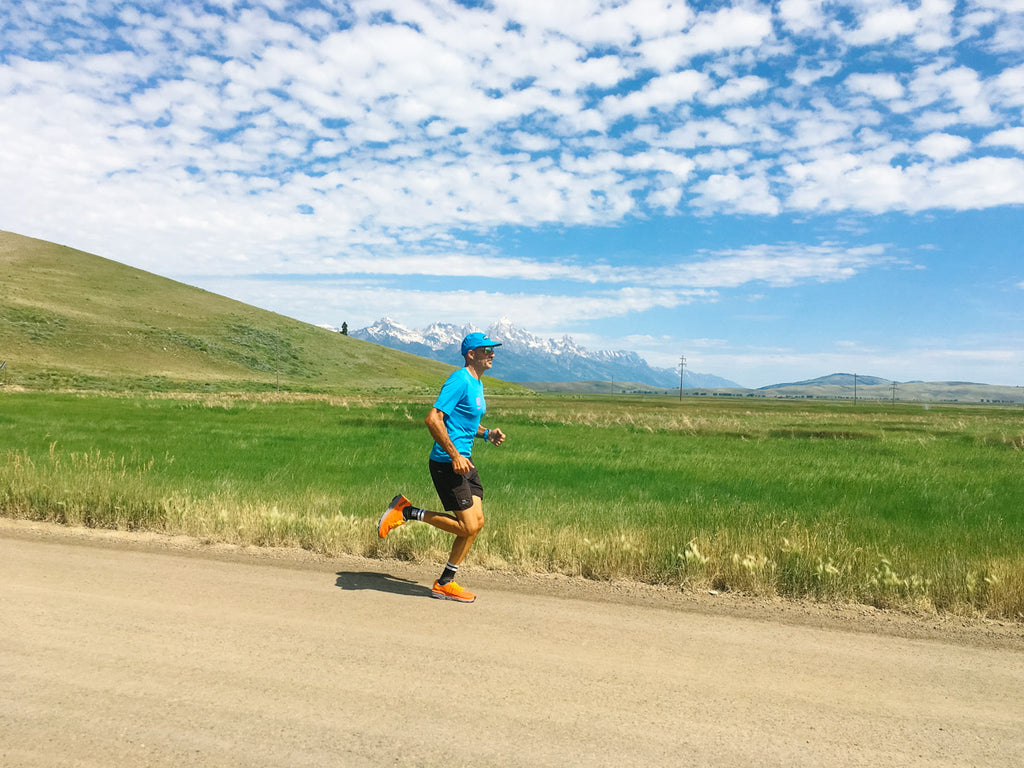
Running is an exhilarating activity that brings numerous health benefits, but certain windy conditions can make it challenging. However, with the right knowledge and preparation, running against the wind can become an invigorating experience that tests your endurance and resilience.
Welcome the Resistance
Something to consider about running in the wind is viewing it as a resistance training opportunity. Wind creates a form of resistance that can enhance your workout, much like running uphill. It pushes against you, making you work your muscles harder and use more oxygen, thereby improving your strength and endurance. Instead of viewing the wind as an obstacle, welcome it as an opportunity to boost your fitness level.
Don’t expect to set a personal best time. Rather, accept that varying wind speed, the resistance could add from 10 seconds per mile at a gentle 5 mph breeze, to a minute a mile in a twenty mph headwind.
Head Into the Wind on the Way Out
Try to head into the wind during the first half of your route when planning your run. This strategy will make you work hardest when you are fresh and full of energy. Additionally, it helps you avoid chills and shivering on the back end of your run, when you’re sweaty and the wind is at your back.
Run in a Group
Running in a group is another effective way to mitigate the impact of the wind. The drafting technique is one cyclists use but it also works for running. Position yourself behind another runner, allowing them to bear the brunt of the wind resistance. You’ll take your turn to lead the pack, and then back off when someone else takes their shift. This technique can significantly reduce the effort required to maintain your pace, making your windy run more manageable.
Dress Accordingly
Your clothing choices can also make a difference when running in the wind. Opt for a tight shirt and leggings to reduce wind resistance. Layer your clothing to retain warmth in cold weather. Over a moisture-wicking base layer, add a layer that insulates but allows evaporation, and top those with a windbreaker that blocks the wind from giving you a chill. And don’t forget an athletic sweatband to keep sweat out of your eyes, especially on windy days. Make sure your hat is snug enough to avoid it flying away if you’ll be wearing one.
Beware of Gusty Conditions
While running in the wind can be beneficial, strong gusts can destabilize you, or even knock you off track, increasing the risk of injury. Be extra cautious if you’re running in such conditions, shorten your stride for better stability, and avoid areas with loose debris.
Photo courtesy Everthirst.










